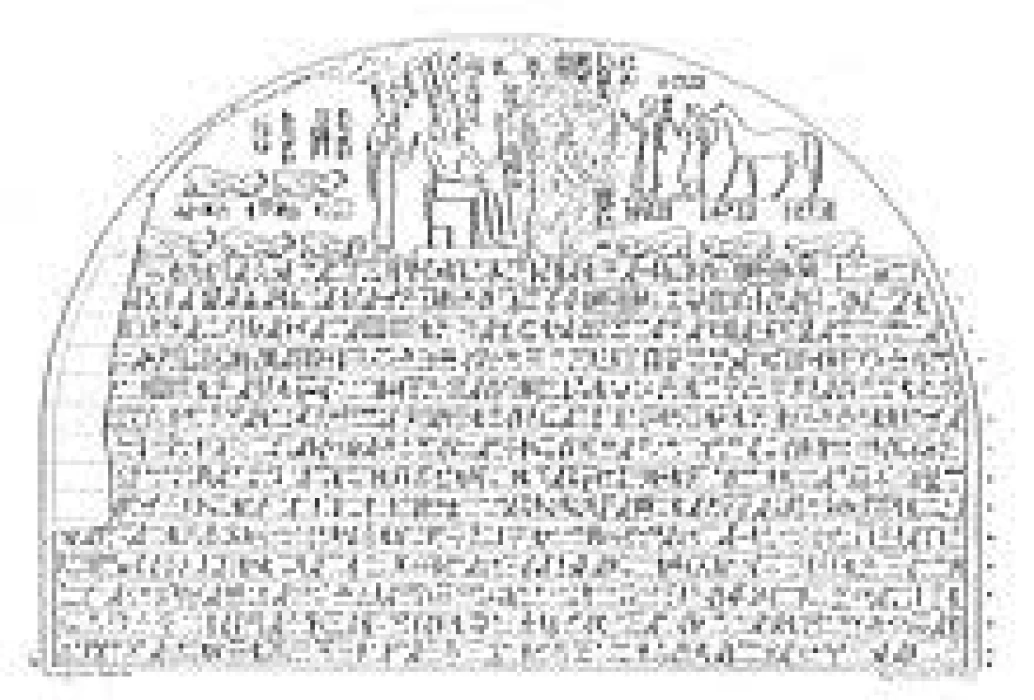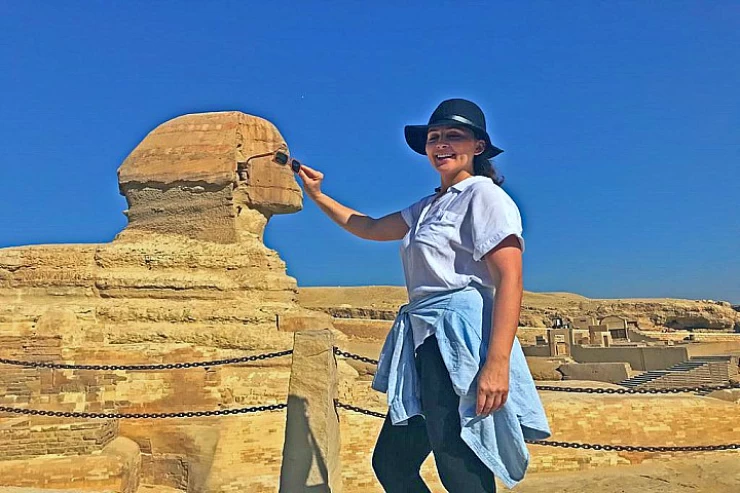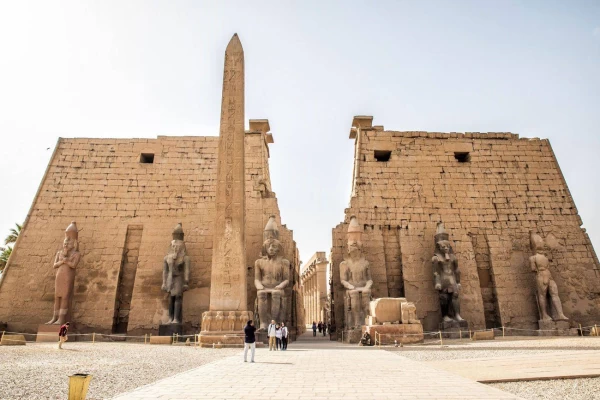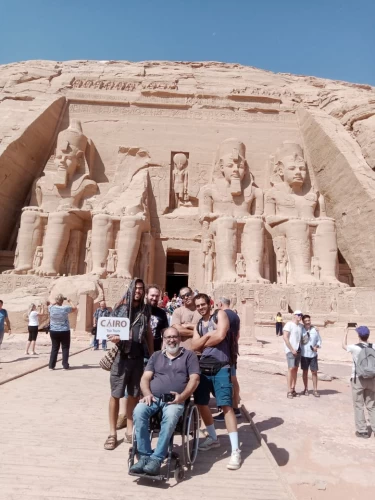
The Twenty-third Dynasty in Ancient Egypt
Facts About The Twenty-third Dynasty
The XXIIIrd dynasty was marked, like the previous one, by the arrival in power of Berber sovereigns, the Méchouech (or Machaouach - mSwS.w). In 818, Leontopolis (or Taremou ‘the land of fish’) in Delta became an independent kingdom of the rulers of Tanis of the XXIInd dynasty, but the hypothesis that the entire dynasty was Leontopolite is still debatable.
The traditional chronology holds that Petubastis I (or Padibastet I) was the First Pharaoh of this dynasty, but some Egyptologists, including David Al Aston, suggest a different hypothesis. In their opinion, the founder of this dynasty was Takelot II (850-825, Dynasty XXII), who preceded Petubastis I, Iuput I and Osorkon III. They do not include Sheshonq IV as King, then Takselot III and Roudamon, who would be the last. They do not count Ioupout II, son of Roudamon. What is certain is that the XXIIIrd dynasty coexisted with the XXIInd dynasty at its beginning, but it represents a slice of Egyptian history that is relatively poorly known.
From the reign of Osorkon III onwards, the function of Divine Worshippers of Amun became increasingly important and the daughters, or sisters, of the ruler who exercised this function had power in Thebes equal to that of the Pharaoh. In 747, in addition to the kingdoms of Tanis and Leontopolis, three new kingdoms, which already existed, became independent.
The first, from the city of Heracleopolis, was led by Payeftjaouembastet (754-720), son-in-law of Roudamon, who adopted the royal title. The second was Hermopolis Magma, ruled by Nimlot III (747-725) and the third was Lycopolis (or Asyut), ruled by Padimenti I (747-715). All these ‘Kinglets’ were finally defeated, despite an alliance, by the King of Napata, Piânkhy (or Piye, 747-716, XXVth dynasty), who led the Ethiopian invasion. However, Piânkhy died in 716, without having completely ‘subdued’ Egypt, which his successor and half-brother Chabaka (716-707/706) was to do. By 715, all the minor dynasties were finished, with the Kushites remaining the sole masters of power.

















